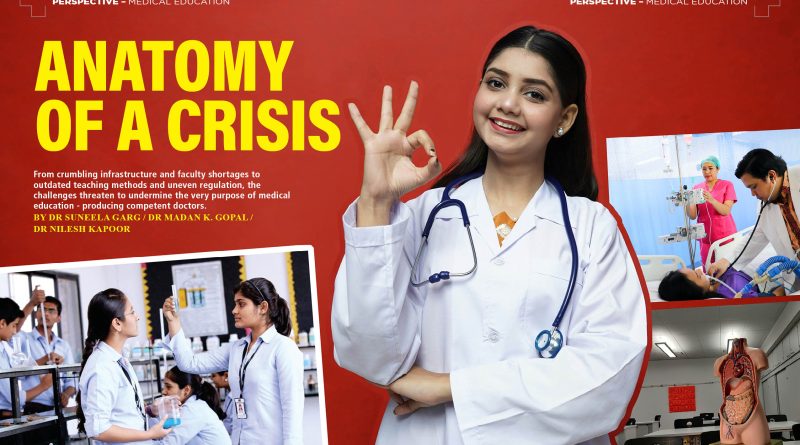Anatomy of a Crisis
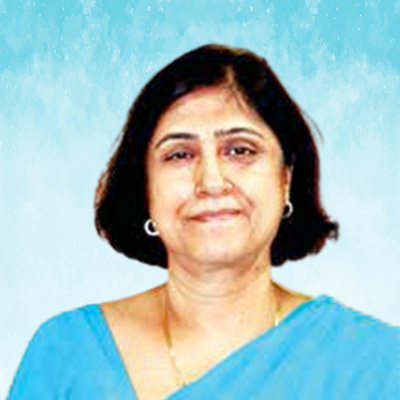 From crumbling infrastructure and faculty shortages to outdated teaching methods and uneven regulation, the challenges threaten to undermine the very purpose of medical education – producing competent doctors.
From crumbling infrastructure and faculty shortages to outdated teaching methods and uneven regulation, the challenges threaten to undermine the very purpose of medical education – producing competent doctors.
By Dr Suneela Garg / Dr Madan K. Gopal /Dr Nilesh Kapoor
I ndia has witnessed significant expansion in the number of medical colleges in recent years to address the growing demand for healthcare professionals. While this expansion is crucial to bridge the doctor-patient ratio, concerns regarding the quality of medical education persist. Ensuring high standards in medical training is essential to produce competent healthcare professionals who can cater to the diverse healthcare needs of the country.
Challenges in Medical Education Expansion
The challenges in medical education expansion are multifaceted and require urgent attention. First and foremost, infrastructure deficiencies plague many newly established medical colleges, which lack adequate infrastructure, properly equipped laboratories, and sufficient clinical exposure facilities. This is compounded by an acute shortage of qualified faculty members, where the growing demand for well-trained medical educators has led to concerning dilution in faculty standards.
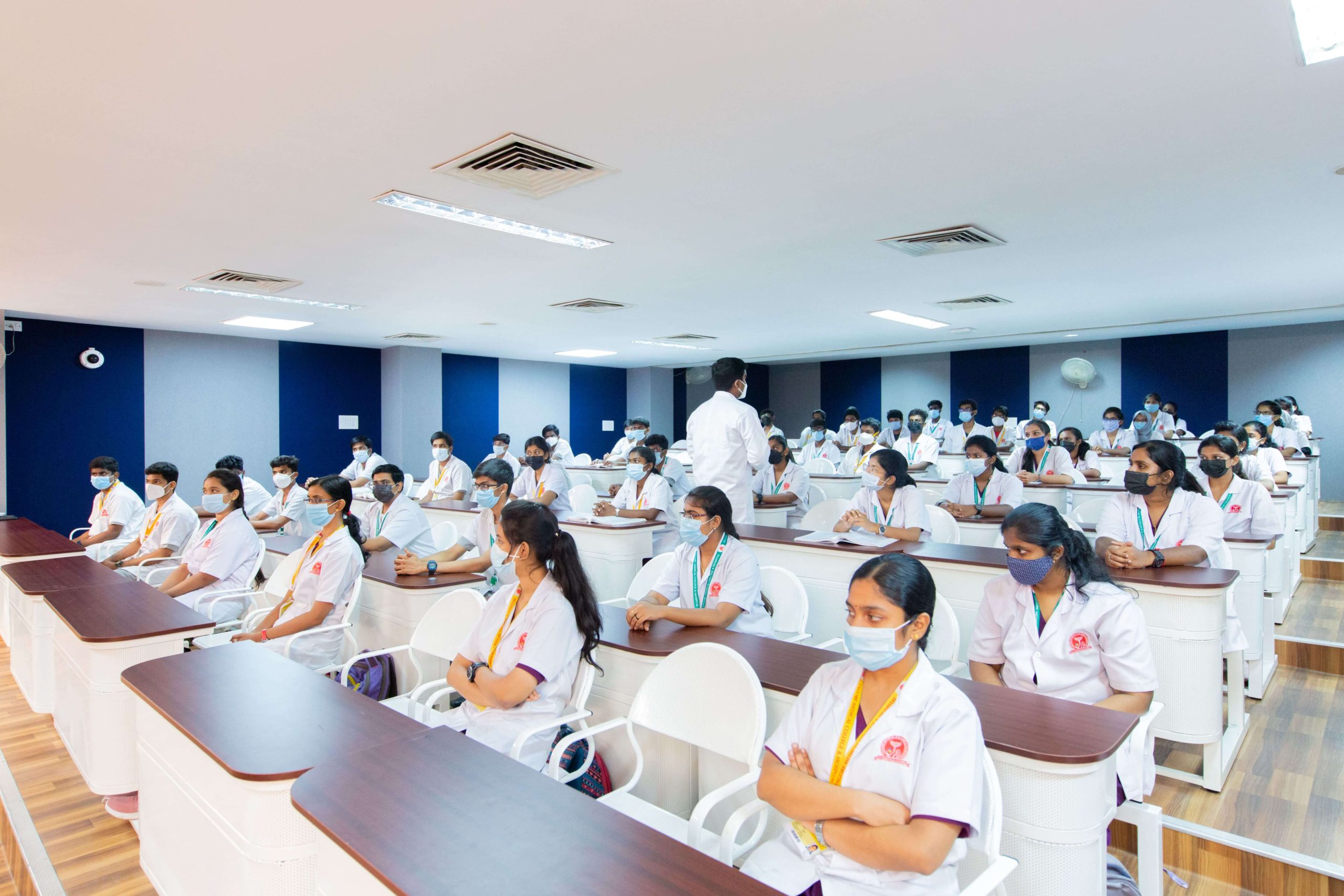
The quality of clinical training suffers significantly due to inadequate patient exposure and limited availability of advanced diagnostic and therapeutic facilities, which hinders comprehensive clinical training. Regional disparities present another major challenge, with uneven distribution of quality medical institutions leaving rural and underserved regions struggling with substandard training facilities. The pedagogical approaches remain problematic with persistent over-reliance on rote learning and traditional teaching methods without adequate focus on skill development and critical thinking. Finally, regulatory challenges abound in ensuring compliance with medical education standards across an increasing number of institutions, posing significant governance challenges for oversight bodies.
Proposed Measures to Balance Quality and Expansion
To address these challenges while maintaining expansion, several comprehensive measures must be implemented. The establishment of Regional Centres of Excellence (RCEs) would involve identifying and developing select medical institutions as Centres of Excellence in each region to serve as mentoring institutions for newer colleges, coupled with facilitating faculty exchange programs and collaborative research projects to ensure knowledge transfer and standardisation. Leveraging technology for democratised learning would require promoting the use of Massive Open Online Courses (MOOCs) and online medical education platforms to supplement classroom learning, implementing a national repository of medical lectures, case discussions, and surgical demonstrations accessible to all medical students, and encouraging virtual simulations and Artificial Intelligence-based training tools to enhance skill-based learning. Faculty development and teaching skill enhancement must include establishing dedicated Medical Education Units (MEUs) in every institution to train faculty in modern teaching methodologies, introducing structured training in pedagogy, assessment strategies, and communication skills for medical educators, and offering incentives for faculty members to engage in continuous professional development and research.
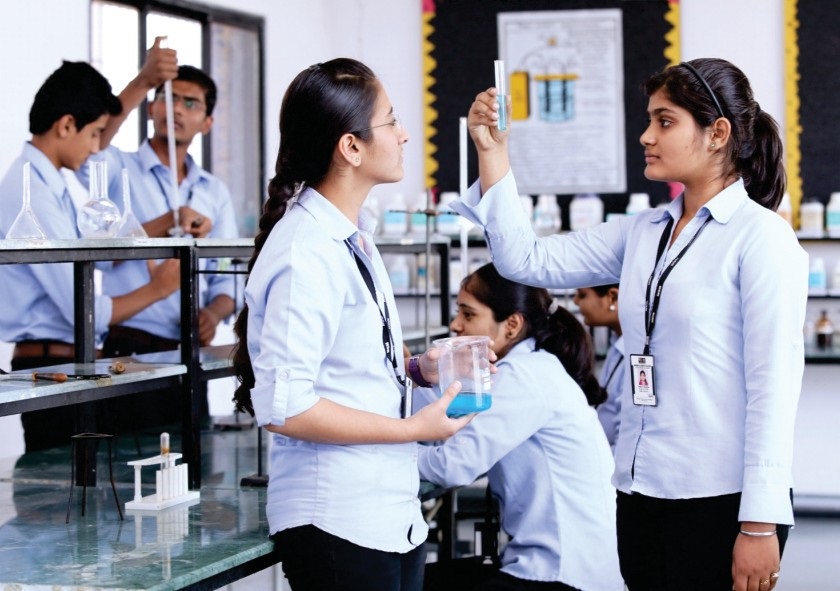
Strengthening clinical exposure and skill-based training necessitates ensuring adequate patient load per student by affiliating medical colleges with well-equipped government and private hospitals, developing skill labs and simulation centres to allow students hands-on experience before interacting with real patients, and promoting competency-based medical education (CBME) with standardized assessments to evaluate practical skills. Enhancing accreditation and regulatory oversight would involve implementing a robust, transparent accreditation framework to assess medical colleges based on educational quality, faculty standards, and clinical training, strengthening the role of the National Medical Commission (NMC) in monitoring compliance and periodically updating curriculum guidelines, and establishing mechanisms for student feedback and independent quality audits to ensure accountability.
Public-private partnerships for sustainable growth should encourage collaboration between government institutions and private healthcare providers to improve infrastructure and resource utilisation, establish industry-academic linkages to integrate advancements in medical technology and research into the curriculum, promote scholarships and financial aid programs to attract talented students from underserved regions, and allow private practitioners to become full-time or visiting faculty based on a common Teacher Eligibility Test (TET) certification. Encouraging research and innovation requires creating dedicated research grants for medical colleges to promote evidence-based medicine and innovation, encouraging undergraduate research programs to inculcate a research-oriented mindset among medical students, and developing translational research centres that bridge the gap between basic science and clinical application.
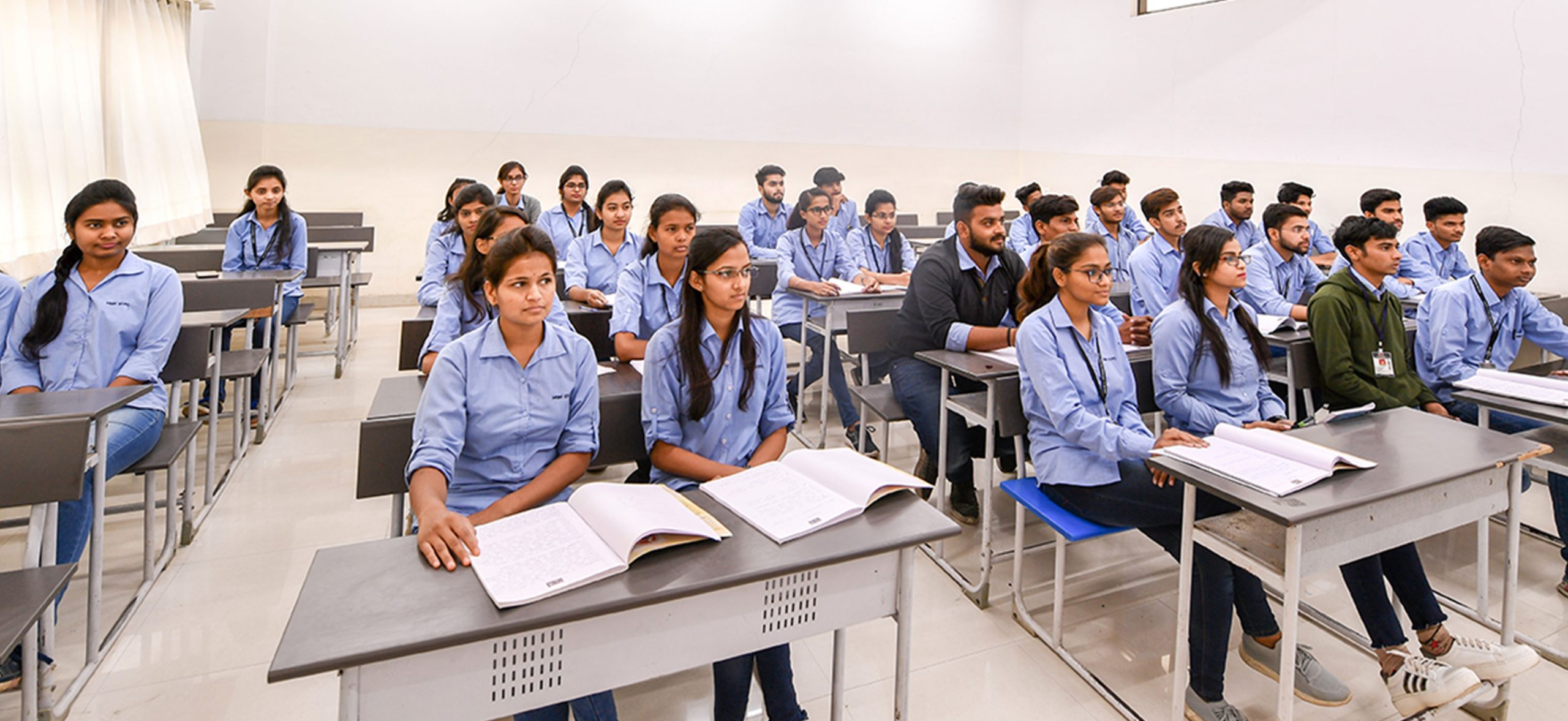
Standardising curriculum and examination processes must include implementing a uniform, competency-based curriculum across all medical colleges with periodic updates to reflect emerging healthcare needs, and standardising assessment methods with a focus on both theoretical knowledge and practical skills. Improving student support systems involves establishing mentorship programs for medical students to enhance academic and emotional well-being, and providing career guidance, mental health support, and peer networking opportunities to improve overall student experience.
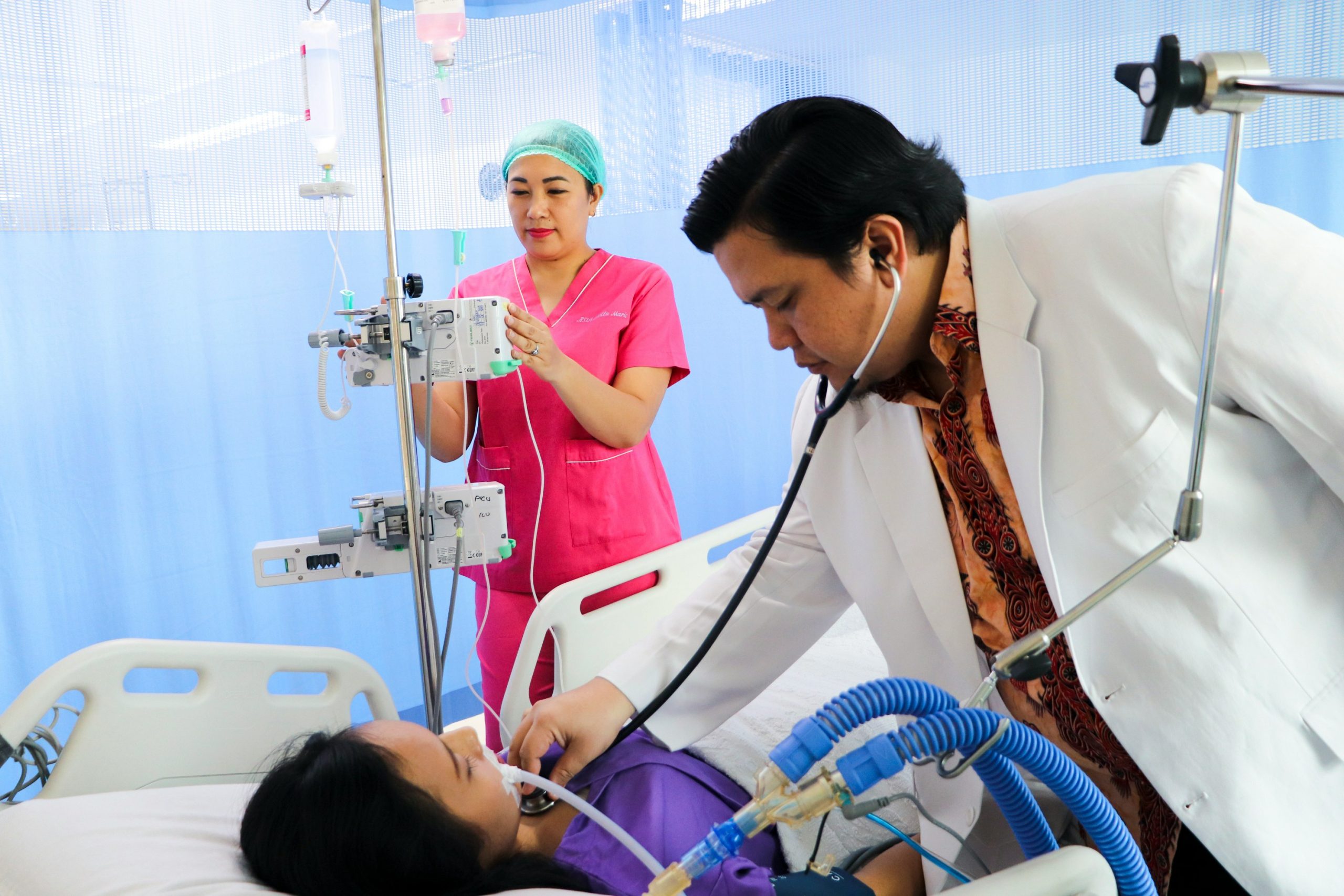
Key Takeaways
The expansion of medical education need not come at the cost of quality. By implementing the above-mentioned measures systematically, India can achieve the dual objectives of increasing doctor production while ensuring global-standard training. Reforms must begin immediately to ensure the next generation of doctors receives world-class training.
Expanding medical education must go hand in hand with maintaining high educational standards. By leveraging technology, strengthening faculty training, enhancing clinical exposure, encouraging research, and establishing robust regulatory frameworks, India can ensure that the rapid growth in medical colleges translates into an equally proficient healthcare workforce. A structured approach focusing on quality-driven expansion will help achieve the twin goals of accessibility and excellence in medical education. The coming years will determine whether India becomes the world’s healthcare provider or remains perpetually short of doctors. With coordinated action from regulators, educators, and policymakers, the medical education system can fulfil its promise of creating not just more doctors, but better healers for the nation.
(Prof Suneela Garg is the former Head of Community Medicine and Sub-Dean at Maulana Azad Medical College, and currently serves as the Chair of the Programme Advisory Committee at the National Institute of Health & Family Welfare, Delhi. Dr Madan Gopal is a Senior Public Health Adviser at the National Health Systems Resource Centre, Delhi, with extensive experience in health policy and systems strengthening. Dr Nilesh Kapoor is a Senior Consultant Physician, Diabetologist, and a Visiting Consultant at premier hospitals, including Manipal and Kailash).

